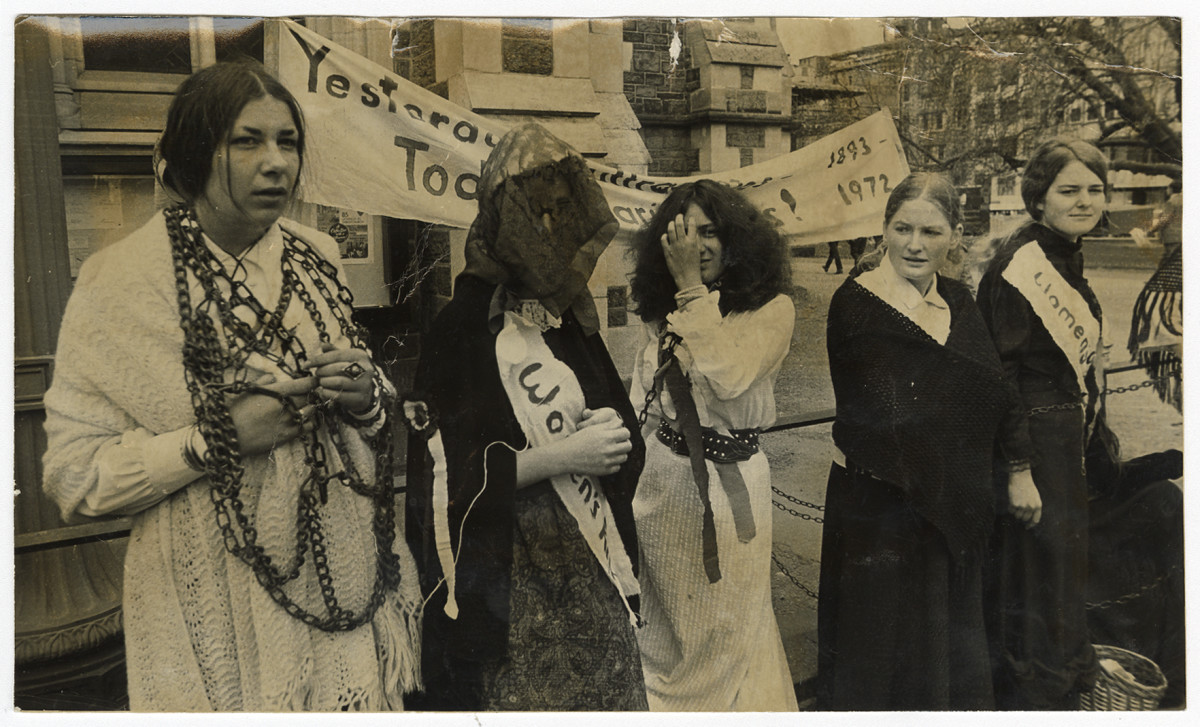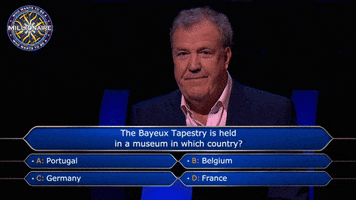When conntacting people in a new language, it may be often useful to have some fundamental phrases readily available. These Ukrainian phrases will assist you to ask questions and maintain conversations going!
Especially when learning new terminology, pronunciation is key. The letter y, for example , sounds varied in Ukraine and Russian. This big difference could be traced back in historical variances between the two languages.
Slavic nations
Slavic nations certainly are a group of cultural groups that share similar languages, traditions, and tradition. They have their own unique way of honoring holidays and the own idioms. They also have their own religions, which usually influence all their cultural beliefs. Yet , Slavs have also been influenced by simply cultures outside their particular. This includes those of the Byzantine Disposition, the Holy Both roman Empire, and the Austro-Hungarian Empire.

Probably the most interesting reasons for Slavic cultures is their use of music. They often sing during celebrations, from work tracks to lullabies. They also sing during religious offerings. It is believed that it was a consequence of Christian missionaries who educated them to sing.
Even though Romania is definitely an Asian European country, it doesn’t evaporate belong to the Slavic nations. It is because Slavic countries only consider themselves to get Slavs in cases where they speak precisely the same language you can try this out as this common Slavonic language. Consequently , it is unlikely that Romania will probably be considered to be Slavic in the future.
Germanic or Slavic features
The ‘languages’ that make up the Slavic home share most of the same features, including a case system and grammatical patterns. Nevertheless , Russian and Ukrainian are distinct in several methods. For example , they may have different action-word and noun endings, and in addition they use distinctive grammatical features. This is largely due to the fact that Ukrainian and Russian share only one prevalent ancestor.

In addition , the Russian abece uses different correspondence to represent appears to be than the Ukrainian abc does. This may lead to some confusion when ever pronouncing brands or idioms. For example , the letter i can be pronounced while j in Ukrainian nevertheless ee in Russian. This is for what reason some ukrainian phrases are sometimes difficult to get foreigners to know.
Thankfully, the people of Ukraine are very understanding when it comes to connection problems. They will appreciate your time and effort to learn their words, even if you will be not really perfect for it. In fact , they will oftimes be more impressed that you are looking to communicate at all!
Slavic different languages
Although they are usually closely related, Slavic dialects vary tremendously in phonetics and sentence structure. They also have huge lexical gaps. For example , the Uk expression robot comes from Czech, even though pistol comes mail order bride ukraine by Slovak. The Russian language also added several key phrases to the global vocabulary, including glasnost, perestroika, and kolkhoz.
All Slavic languages have highly inflected nouns and adjectives. They have two to three conjugations based on the past vowel for the stem, as well as a case program (nominative, genitive, dative, accusative, instrumental, locative), aside from Bulgarian and Macedonian. They are pro-drop languages, which means personal pronouns can be dropped. They also have cast distinctions for manly animate nouns inside the accusative case.
In spite of these dissimilarities, most Slavic ‘languages’ are mutually intelligible. Yet , it is important to make note of that highlights and dialects could cause misconceptions. This is especially the case for voiced words.
Slavic culture
Slavic people have a rich culture that has created over the ages. They have a wide selection of traditions, from persons arts to music and dance. These types of traditions change from country to country, with varied rhythms and fashions. Some of these traditions are grounded in pagan religions, while others produced after the Slavs converted to Christianity.
The Slavs have sufficient common characteristics, including their like of singing and dance. They also have a solid sense of community and are available to new creative ideas. They are also a very hospitable group, and it is not uncommon to allow them to host dinners or parties within their homes.
In terms of their religious philosophy, most Slavs are Christian. Most of them belong to the Far eastern Orthodox Church (Russians, Ukrainians, Belarusians, and most of the other East Slavic nations), whilst some are people of the Roman Catholic Church (Poles, Czechs, Slovakians, Hungarians, and Slovenes). There are also a lot of minority religious groups among them, which includes atheists.






